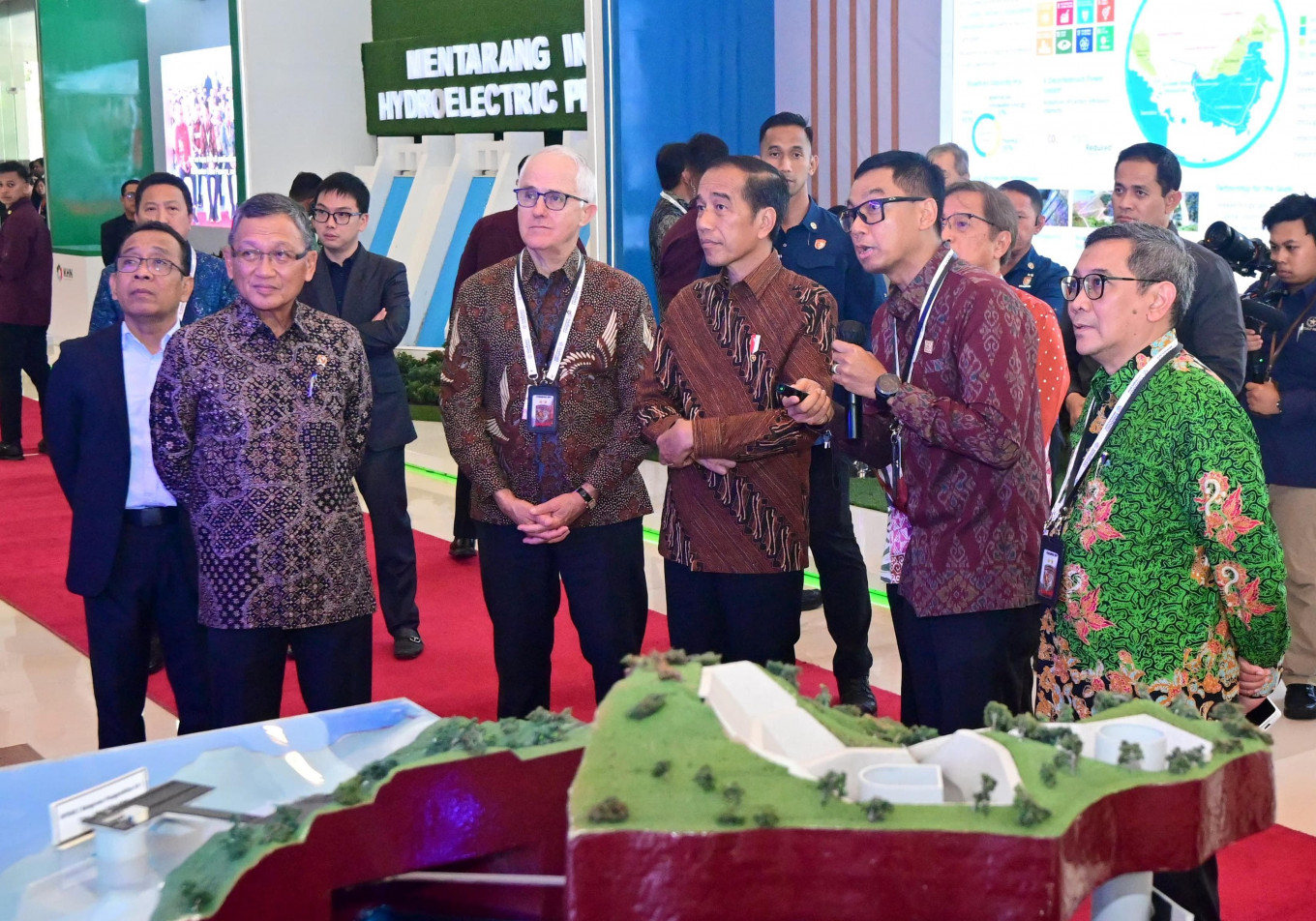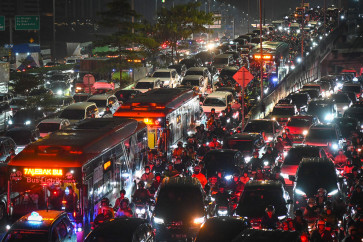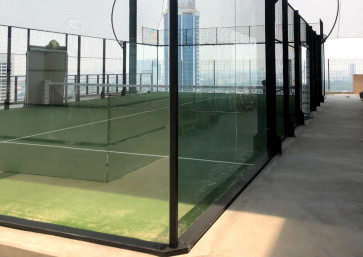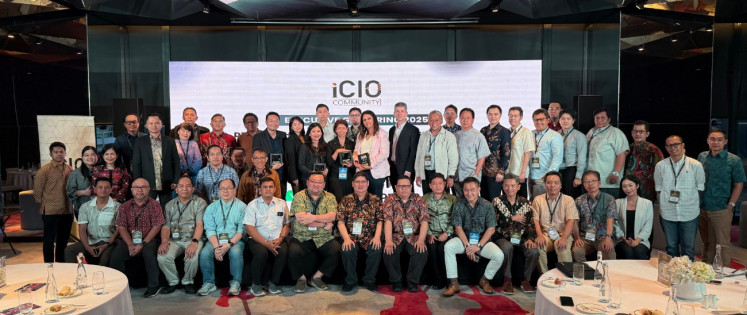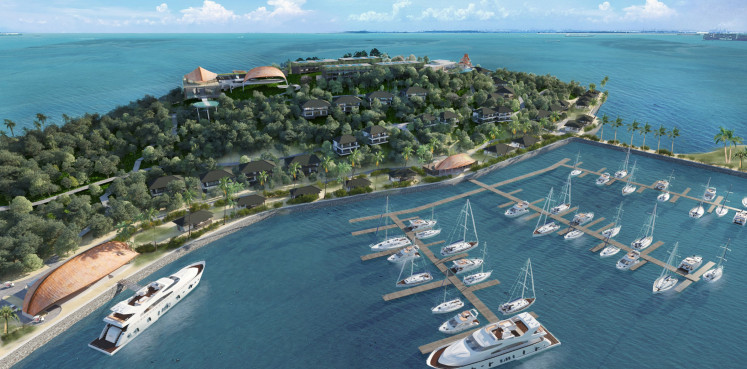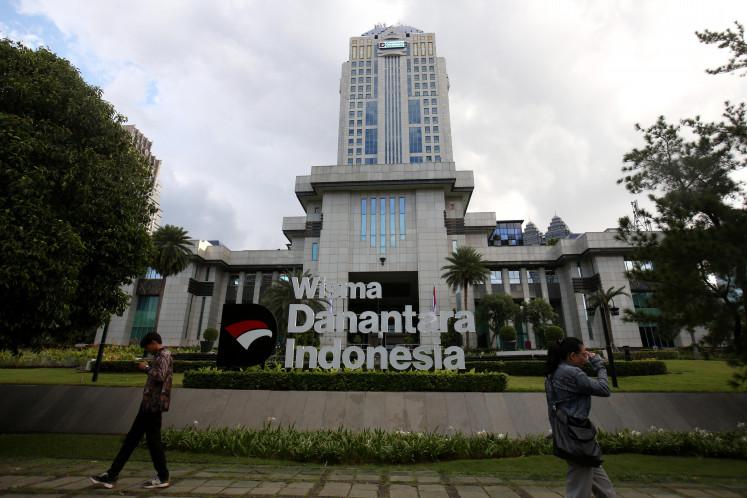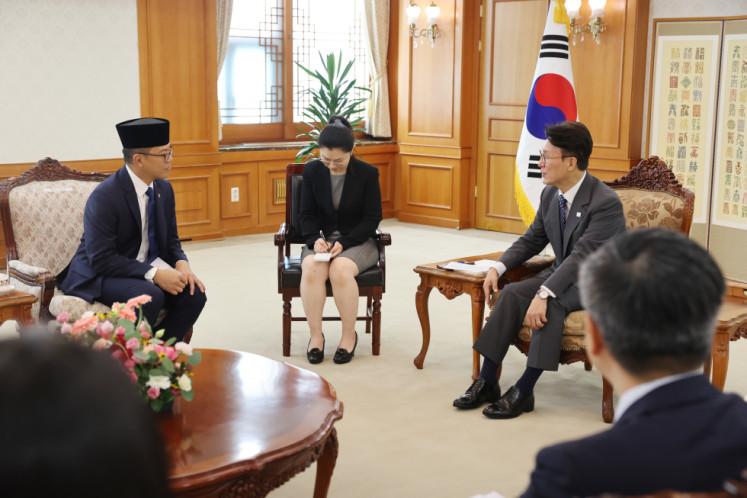Popular Reads
Top Results
Can't find what you're looking for?
View all search resultsPopular Reads
Top Results
Can't find what you're looking for?
View all search resultsPLN explains hydropower development strategy to Jokowi
Change text size
Gift Premium Articles
to Anyone
P
resident Joko “Jokowi” Widodo visited the booth of PT PLN (Persero) as part of the 2023 World Hydropower Congress (WHC) in Nusa Dua, Bali, on Tuesday, where the main director of PLN, Darmawan Prasodjo, explained the company's strategy for developing hydroelectric power plants in the country.
"As an archipelagic country, Indonesia has a variety of new and renewable energy sources, especially water energy. As one of the largest energy sources, water has the potential to be utilized for up to 95 Gigawatts (GW), however only 5.8 GW has been utilized," explained Darmawan.
This, he said, was because new, large-scale renewable energy sources, such as water, were in remote areas and far from the centers of electricity demand in other regions.
Therefore, Darmawan said PLN, under the direction of the Energy and Mineral Resources Ministry, was preparing the Accelerated Renewable Energy Development (ARED) strategy, which sought to increase new renewable energy generation capacity by up to 75 percent by 2040.
"With ARED, the use of water as a source of electrical energy in Indonesia can increase water use to 25.3 GW in 2040, or an increase of 185 percent compared to business as usual," said Darmawan.
In line with this, President Joko Widodo in his speech said that global warming was a real threat all over the world and that the Indonesian government was fully committed to accelerating the energy transition through the addition of new and renewable energy (EBT) on a large scale.
He said the total potential for EBT in the country was estimated to be 3,600 GW – from sun, wind, geothermal, waves, bioenergy and hydropower. Specifically for hydropower, Indonesia has more than 4,400 potential rivers, of which 128 are large ones.
"[Opportunities include] the Mamberamo river, which has a potential of 24,000 Megawatts (MW) in Papua. Then the Kayan River in North Kalimantan has a potential of 13,000 MW which will later be used as a source of electricity for the Green Industrial Park in Kalimantan. This is a large potential that we can exploit for the future of the Earth and the future of the next generation," he explained.
However, the President stressed, Indonesia would also face various challenges in developing its huge hydroelectric potential, one of which was related to the location of hydropower sources, which were typically far from the center of electricity demand. Therefore, the government had created a blueprint for accelerating transmission lines bringing electricity from hydropower locations to hubs of economic growth and industrial growth.
Moreover, obstacles were also present from the investment and technological sides.
"This requires significant investment and requires collaboration with all hydro ecosystem forces in the world," added the President.

